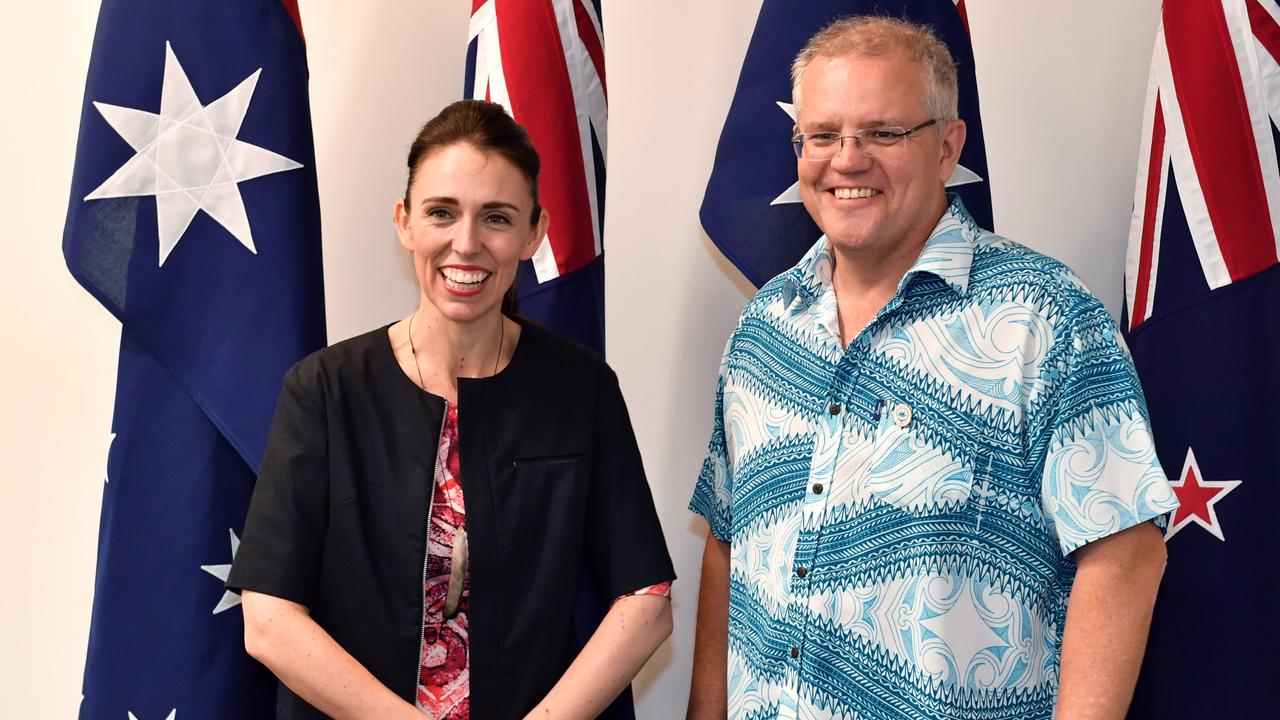
John Kenneth Galbraith once sneered that economics was “extremely useful as a form of employment for economists”. It’s also an extremely useful way to dress up self-interest as rigorous analysis.
The federal government recently gave $1 million to Monash University to research “the lack of racial and gender diversity in management and leadership roles”. The aim is to identify “the best diversity and inclusion practice in attraction, hiring, development and retention”.
“This will provide significant benefit through an increase in workplace diversity,” the research summary says.
This is the start of an extraordinary economic boon, according to a recent report commissioned by the Group of Eight, an organisation representing the nation’s eight top universities, which include Monash.
“For every $1 invested in Group of Eight university research, an additional annual economic output of $9.76 is generated across the rest of the Australian economy,” the report says.
So, counting the number of white people in big businesses and coming up with ways employers could hire more non-white people without falling foul of discrimination laws will provide a $10m windfall for the economy in 2022, when the four-year project ends.
But wait, there’s more. This is a mere grape in the cornucopia of benefits universities provide.
Billed on its release mid-last month as “66 billion more ways Australian unis are powering our prosperity”, the report by London Economics concludes that the eight universities combined provided $66.4 billion of “economic impact”.
More than a third of this entailed supposed “spillovers” from research. “If research funding for the Group of Eight universities were increased by $100 million, then the estimated total impact of (their) research would increase by approximately $1.01bn,” the study says.
Memo to government: more than $3.5bn a year in federal research funding for universities isn’t enough.
“Every $1m of expenditure by a Group of Eight university generates a total of $3m of output through the economy,” the study goes on, suggesting other aspects of university spending are not quite as potent.
It’s the research, see, not putting in orders for new stationery, that provides the biggest bang for taxpayers’ buck.
“This Group of Eight report by London Economics is a powerful reminder about the virtuous cycle of investment in universities — because that’s what it is, an investment, rather than a cost,” Universities Australia chief Catriona Jackson said at the launch.
For me, it was a powerful reminder of how lobby groups fork out for self-serving analysis to confuse politicians into giving them more money. Labelling spending “investment” doesn’t make it so.
The 62-page London Economics report essentially sums up expenditures related to universities and calls it a “total economic impact” — as if vice-chancellors’ $1m salaries, vast bureaucracies, and thousands of students wasting their time and money are something to boast about.
Indeed, concentration of what British anthropologist David Graeber has termed “bullshit jobs” is high in the university sector, which now employs more administrators than teachers. At the two Victorian members of the Group of Eight, non-academic staff, who neither teach nor conduct research, make up 55 per cent of the payroll: 8500 people.
Monash, for instance, is seeking “change managers”, with a salary of $120,000 plus 17 per cent superannuation. The advertisement clarifies the role: “Enablement of actionable and targeted plans (impacts, engagement, communications, business transition, benefits etc) to achieve organisational objectives as part of activities that may involve technology, organisational, process and culture change … monitor and change and project practices to provide contemporary and integrated solutions and guidance, depending on the level of change and context.”
Let’s hope Monash selects someone soon for the sake of the economy. “Every 1000 jobs directly created within a Group of Eight university supports a total of 2430 jobs throughout the economy,” the London Economics study says. Ergo, for every change manager we’ll have another 2.4 baristas.
The study’s reliance on multipliers to describe universities’ “economic impact” overlooks the economic principles of opportunity cost, diminishing returns, and supply and demand. All these workers, money and students being sucked into the university system by subsidies could be more usefully employed elsewhere.
The Productivity Commission slammed such uses and abuses in 2013. The Victorian auditor-general called multipliers a “myth” in 2002. “In assessing claims for government assistance … the potential misuse of multipliers is greatest,” the West Australian Treasury has said.
Tellingly, the economic benefits from “teaching and learning” outlined by the study was the smallest component (7 per cent) of the total, behind research (37 per cent), spending on staff (29 per cent) and export earnings (27 per cent), a reminder of how the growth of the university sector has enriched administrators and academics far more than students.
Indeed, graduate starting salaries as a share of average earnings have been steadily falling since the late 1970s, from 100 per cent in 1977 to about 80 per cent, according to the Productivity Commission. Employment rates for new graduates have fallen from more than 85 per cent in 2008 to 71 per cent in 2016.
The government-led push for universities to churn out more and more degrees has lowered their value, forcing bright students to stay at university for longer to distinguish themselves.
Meanwhile, the value of outstanding HECS debt is more than $50bn, more than double the 2012 level. Buried in footnote 60 in the report is the fact that 23 per cent of it is unlikely to be repaid. Graduates who don’t earn enough to pay back their loans are unlikely to be reaping the benefits of higher research funding. “Realigning university incentives closer towards the interests of students and taxpayers would help restore balance,” the Productivity Commission said in its Shifting the Dial report last year.
Meanwhile, the influx of foreign students has lowered standards — a cost hard to quantify.
And where is this deluge of productivity spillovers from research, funding for which has more than doubled over the past decade? Productivity growth, while tricky to measure, has slowed.
The nation’s universities provide many benefits but that doesn’t mean they need yet more funding, which comes from taxpayers, the bulk of whom never go to uni. Fewer change managers and more plumbers, even white ones, might actually be a better use of society’s resources.




To join the conversation, please log in. Don't have an account? Register
Join the conversation, you are commenting as Logout